What Is Endoscopic Vein Harvesting ?
Endoscopic vein harvesting is a minimally invasive surgical technique used to harvest veins for coronary artery bypass grafting (CABG) procedures. It involves the use of an endoscope, a thin flexible tube with a camera and light source, to visualize and dissect the veins from the patient's leg or arm. This technique offers several advantages over traditional open vein harvesting, including smaller incisions, reduced postoperative pain, faster recovery, and improved cosmetic outcomes. It has become a widely accepted method for obtaining grafts in CABG surgeries.
1、 Definition and Purpose of Endoscopic Vein Harvesting in Surgery
Endoscopic vein harvesting (EVH) is a minimally invasive surgical technique used to harvest veins for use in coronary artery bypass graft (CABG) surgery. It involves the use of an endoscope, a thin, flexible tube with a camera and light source, to visualize and remove the saphenous vein from the leg or arm.
During EVH, small incisions are made near the vein to be harvested, and the endoscope is inserted to provide a clear view of the vein and surrounding tissue. The surgeon then uses specialized instruments to dissect and remove the vein while minimizing trauma to the surrounding structures. The harvested vein is then prepared for use as a graft to bypass blocked or narrowed coronary arteries.
The purpose of EVH is to provide a less invasive alternative to traditional open vein harvesting techniques, which require larger incisions and can result in more postoperative pain, scarring, and complications. EVH has been shown to have several advantages, including reduced postoperative pain, shorter hospital stays, faster recovery times, and improved cosmetic outcomes.
Recent studies have also suggested that EVH may have additional benefits, such as a lower risk of wound infections and improved long-term graft patency rates compared to open vein harvesting. Additionally, EVH has been found to be safe and effective in patients with obesity, diabetes, and peripheral vascular disease, who may be at higher risk for complications with traditional harvesting techniques.
In conclusion, endoscopic vein harvesting is a minimally invasive surgical technique used to harvest veins for CABG surgery. It offers several advantages over traditional open vein harvesting techniques and has been shown to be safe and effective in a variety of patient populations.
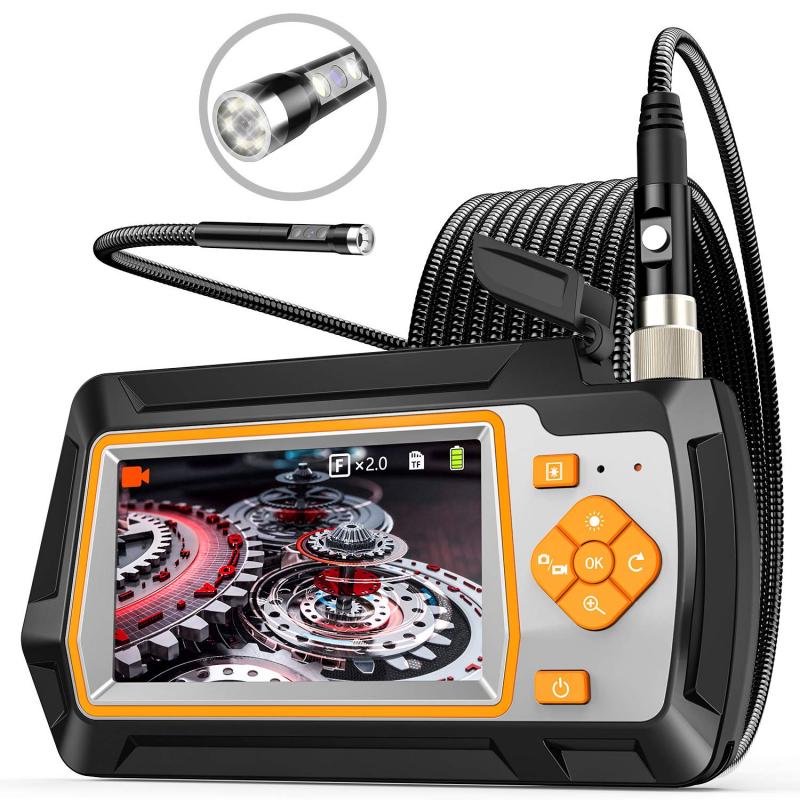
2、 Techniques and Instruments Used in Endoscopic Vein Harvesting
Endoscopic vein harvesting (EVH) is a minimally invasive surgical technique used to harvest veins for use in coronary artery bypass graft (CABG) procedures. Traditionally, vein harvesting involved making a long incision along the leg to access the saphenous vein. However, EVH utilizes small incisions and specialized instruments to visualize and remove the vein using an endoscope.
During the EVH procedure, a small incision is made near the knee or ankle, and an endoscope is inserted to provide visualization of the vein. The surgeon then uses specialized instruments, such as a dissector and a vein stripper, to carefully remove the vein from the surrounding tissue. The harvested vein is then prepared for use in the CABG procedure.
EVH offers several advantages over traditional vein harvesting techniques. Firstly, the smaller incisions result in less postoperative pain, reduced scarring, and faster recovery times for patients. Additionally, EVH has been shown to have lower rates of wound complications, such as infection and wound healing problems, compared to open vein harvesting.
The latest point of view on EVH is that it is becoming the preferred technique for vein harvesting in CABG procedures. Multiple studies have demonstrated the safety and efficacy of EVH, with comparable graft patency rates to open vein harvesting. Furthermore, EVH has been associated with improved patient satisfaction and quality of life outcomes.
In conclusion, endoscopic vein harvesting is a minimally invasive technique used to harvest veins for CABG procedures. It offers several advantages over traditional vein harvesting techniques and is increasingly being adopted as the preferred method. The latest evidence supports the safety and efficacy of EVH, making it a valuable tool in cardiac surgery.

3、 Benefits and Risks of Endoscopic Vein Harvesting
Endoscopic vein harvesting (EVH) is a minimally invasive surgical technique used to harvest veins for use in coronary artery bypass grafting (CABG) procedures. Traditionally, vein harvesting involved making a long incision along the leg to access the saphenous vein. However, with EVH, a small incision is made near the knee or ankle, and a specialized endoscope is used to visualize and remove the vein.
The benefits of EVH are numerous. Firstly, it reduces the size of the incision, resulting in less postoperative pain, reduced scarring, and faster recovery times compared to traditional vein harvesting methods. Additionally, EVH has been shown to have lower rates of wound complications, such as infection and wound healing problems. The use of endoscopic visualization also allows for better precision and accuracy during the harvesting process, minimizing damage to the vein and improving graft quality.
However, like any surgical procedure, EVH does come with some risks. Potential complications include injury to surrounding structures, such as nerves or blood vessels, bleeding, infection, and blood clots. However, these risks are generally low and can be minimized with proper surgical technique and patient selection.
It is important to note that the latest point of view on EVH is generally positive. Numerous studies have demonstrated the safety and efficacy of EVH, with comparable or even superior outcomes to traditional vein harvesting methods. The technique has become widely adopted in many cardiac surgery centers around the world.
In conclusion, endoscopic vein harvesting is a minimally invasive technique that offers several benefits over traditional vein harvesting methods. It reduces postoperative pain, scarring, and recovery times, while also improving graft quality. Although there are potential risks, the overall safety and efficacy of EVH have been well-established, making it a preferred method for vein harvesting in CABG procedures.

4、 Comparison of Endoscopic Vein Harvesting with Traditional Methods
Endoscopic vein harvesting (EVH) is a minimally invasive surgical technique used to harvest veins for coronary artery bypass grafting (CABG) procedures. Traditionally, open vein harvesting (OVH) has been the standard method, which involves making a long incision along the leg to access and remove the saphenous vein. However, EVH offers several advantages over traditional methods.
EVH involves the use of a small endoscope, which is inserted through a small incision near the knee or ankle. The endoscope provides a clear view of the vein, allowing the surgeon to carefully dissect and remove it. This technique minimizes trauma to the leg, reduces scarring, and results in less postoperative pain and discomfort for the patient. Additionally, EVH has been shown to have lower rates of wound complications, such as infection and wound healing problems, compared to OVH.
Furthermore, EVH allows for a faster recovery and shorter hospital stay. Patients undergoing EVH typically experience less blood loss during the procedure, leading to a reduced need for blood transfusions. The smaller incisions also result in quicker healing and reduced risk of complications.
Recent studies have also suggested that EVH may have long-term benefits. Some research has shown that EVH may lead to improved graft patency rates, meaning the harvested vein remains open and functional for a longer period of time. This could potentially result in better long-term outcomes for patients undergoing CABG.
In conclusion, endoscopic vein harvesting is a minimally invasive technique that offers several advantages over traditional open vein harvesting methods. It reduces trauma, scarring, and postoperative pain, leading to faster recovery and shorter hospital stays. Additionally, EVH may have long-term benefits in terms of graft patency rates. As technology continues to advance, further research is needed to fully understand the potential benefits and limitations of EVH compared to traditional methods.
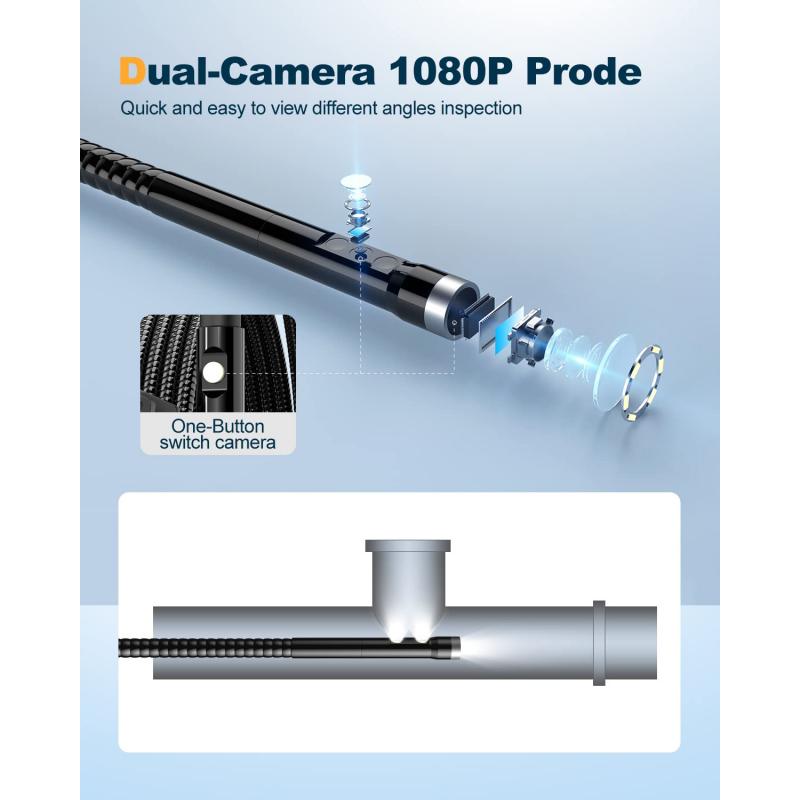








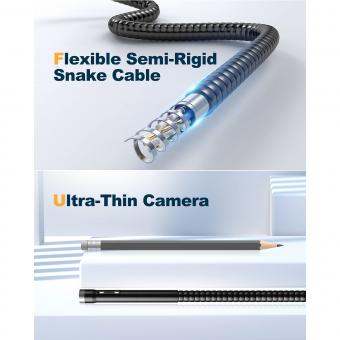

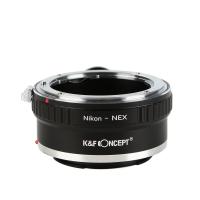



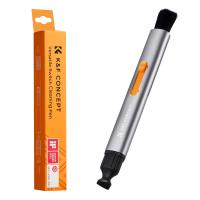

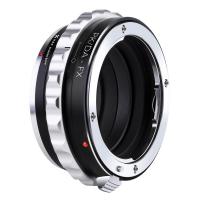



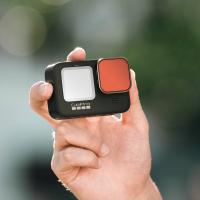
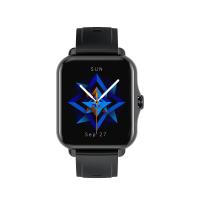

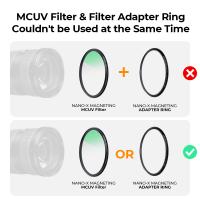
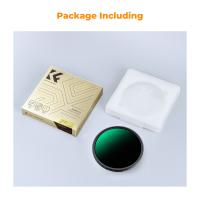

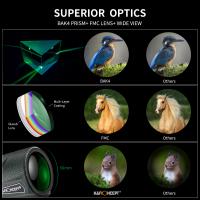

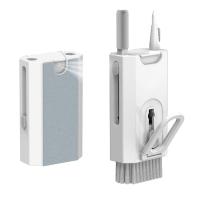

There are no comments for this blog.